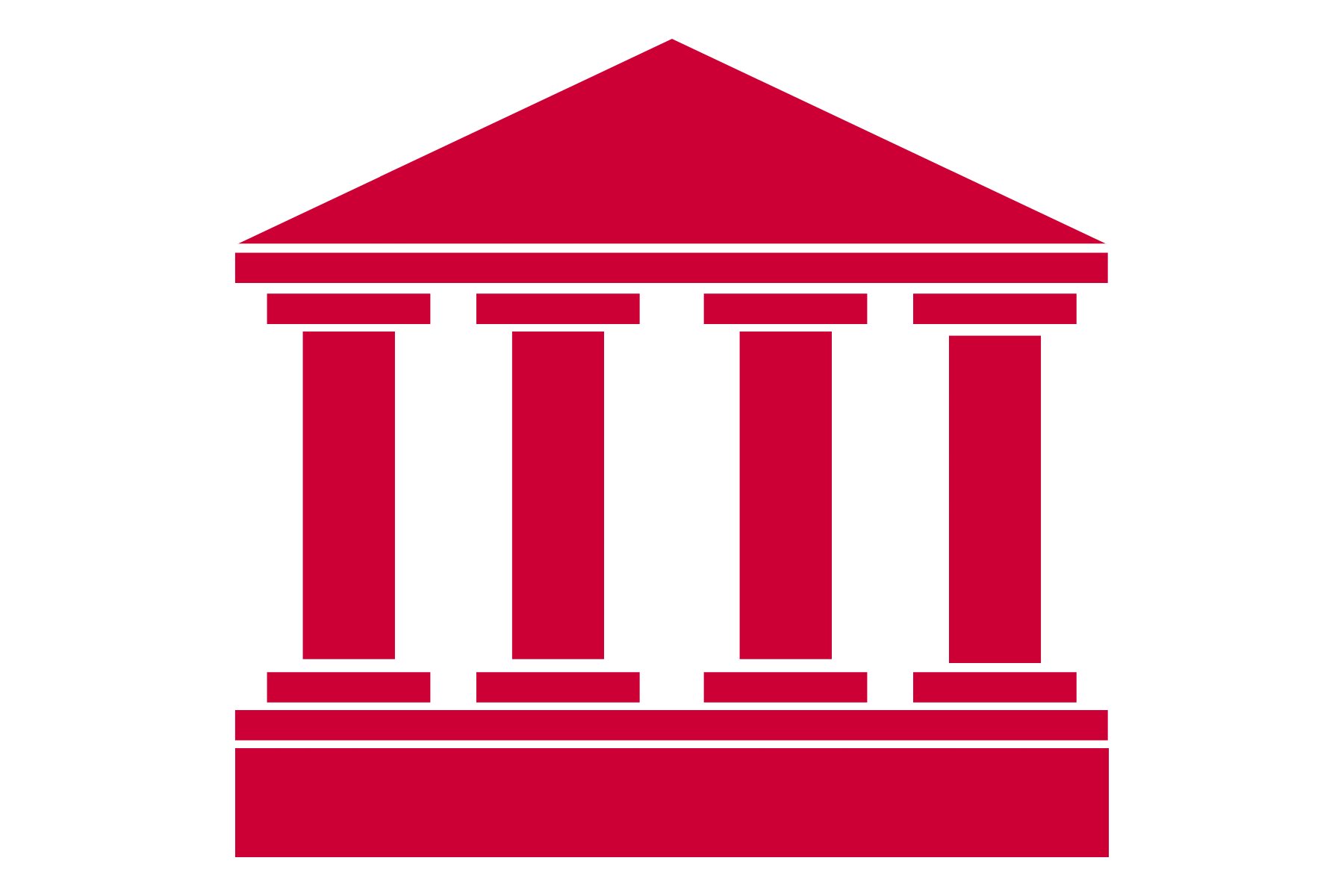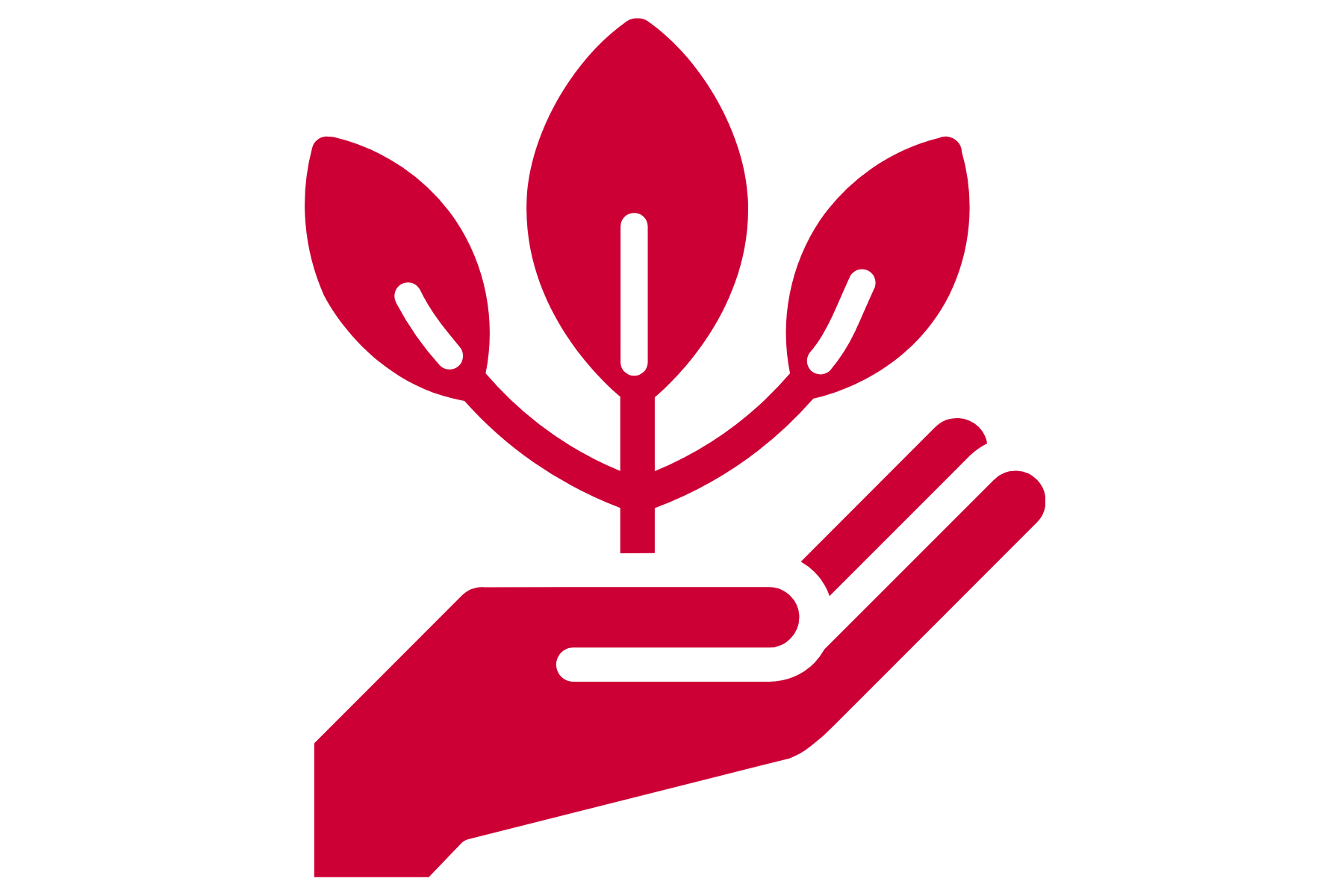Group Membership List
- Bill Dillon (bdillon@smu.edu), Senior Associate Dean and Herman W. Lay Professor of Marketing; Cox School of Business
- Tom Carr (tcarr@smu.edu), Associate Professor of Mathematics; Dedman College of Humanities and Sciences
- Molly Ellis (mkellis@smu.edu), Director of Strategic Faculty Initiatives; Office of the Provost
- Francesca Go (fgo@smu.edu), Assistant Dean of Assessment and Accreditation; Simmons School of Education and Human Development
- Derek Kompare (dkompare@smu.edu), Associate Dean for Faculty; Meadows School of the Arts
- Hugo Magallanes (hugo@smu.edu), Associate Dean for Academic Affairs; Perkins School of Theology
- Tom Mayo (tmayo@smu.edu), Senior Associate Dean for Academic Affairs; Dedman School of Law
- Dinesh Rajan (rajand@smu.edu), Senior Associate Dean; Lyle School of Engineering
- Sarah Sage (ssage@smu.edu), Director for Strategy & Operations; Office of the Provost
- Michael Tumeo (mtumeo@smu.edu), Director for University Decision Support; Office of the Provost
- Paige Ware (pware@smu.edu), Associate Provost for Faculty Success; Office of the Provost







